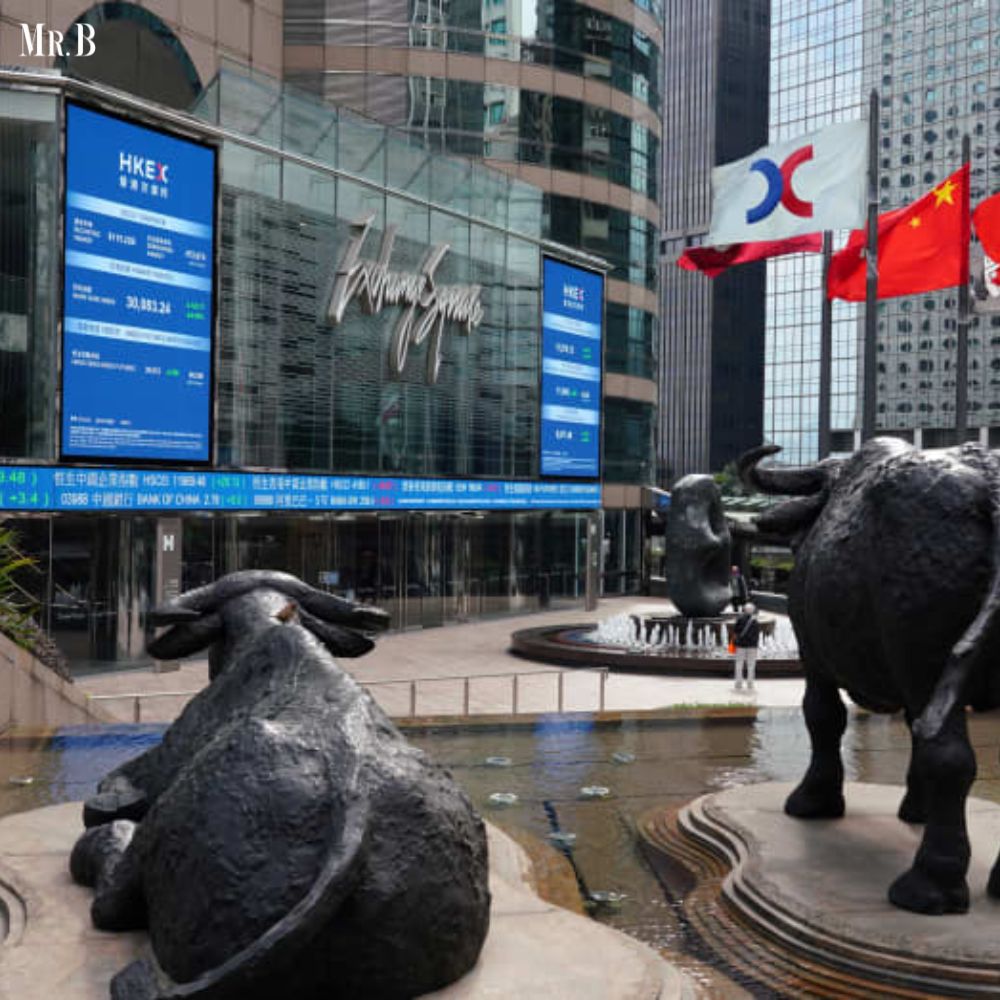Global stocks maintained a strong performance as they closed out the first half of the year, with investors keenly awaiting key U.S. inflation data for insights into the Federal Reserve’s future interest rate decisions. The S&P 500 index surged nearly 15% over the past six months, driven by significant gains in the tech sector and the AI boom on Wall Street. European and Asian markets also enjoyed robust performances, with the STOXX index of 600 companies in Europe rising by 0.11% to 513 points, marking a 7% gain for the year. The MSCI All Country Stock Index remained near its lifetime high, showing an annual increase of about 10.5%.
Despite the overall bullish sentiment, the markets showed a muted response to the U.S. presidential debate, where President Joe Biden faced off against Republican challenger Donald Trump. Analysts from ING bank suggested that a potential Trump administration might benefit the dollar due to anticipated looser fiscal policies and a more aggressive trade stance. However, uncertainties surrounding the upcoming French parliamentary elections exerted pressure on the euro, which faced its largest monthly decline since January. The widening risk premium on French government bonds further highlighted the political instability in the region.
Yen’s Sharp Decline U.S. Inflation Data Sparks Intervention Speculation
The Japanese yen plummeted to its lowest level in 38 years, trading at 161.27 per dollar before settling slightly higher at 160.91. This significant decline, attributed to the stark interest rate differentials between the U.S. and Japan, has seen the yen fall over 12% this year. The persistent weakness of the yen has raised expectations of intervention by Japanese authorities, reminiscent of their actions earlier this year when they spent nearly $61 billion to stabilize the currency.
The yen’s depreciation has, however, benefited Japan’s Nikkei index, which rose by 0.6%, aiming for a monthly gain of approximately 3%. Amid these developments, the Japanese government appointed Atsushi Mimura, a financial regulation expert, as the new top currency diplomat, replacing Masato Kanda. Kanda had previously managed significant interventions to counter the yen’s sharp declines.
In the broader currency markets, the dollar maintained a strong position, eyeing a monthly gain of nearly 1.4% against a basket of currencies. This robust performance reflects traders’ heightened expectations of a potential Federal Reserve interest rate cut in September, particularly if the upcoming personal consumption expenditures (PCE) index shows a slower annual growth rate as anticipated.
Commodities and Market Outlook
Oil prices continued their upward trend, with Brent crude futures rising by 0.4% to $86.75 per barrel, and U.S. inflation data. West Texas Intermediate crude futures gaining 0.6% to $82.23 per barrel, marking a third consecutive weekly increase. Meanwhile, gold prices edged slightly higher, trading at $2,328 per ounce.
As the markets look ahead to the second half of the year, investors remain optimistic about the sustained performance of the equity market, driven largely by advancements in technology and AI. Eren Osman, wealth management director at Arbuthnot Latham, emphasized the continued investment in the tech sector, predicting that this trend would likely fuel strong market performance in the near term.
The release of the Federal Reserve’s preferred U.S. inflation data measure, the PCE index, is anticipated to be a pivotal moment for the markets. Should the data indicate a slower annual growth rate, it may pave the way for interest rate cuts later this year, potentially reinforcing the positive momentum observed in the stock markets. However, analysts caution that any unexpected rise in the core PCE figures could alter these expectations, impacting traders’ current pricing of a 64% chance for a September rate cut, up from 50% the previous month.
Curious to learn more? Explore this News on: Mr.Business Magazine







